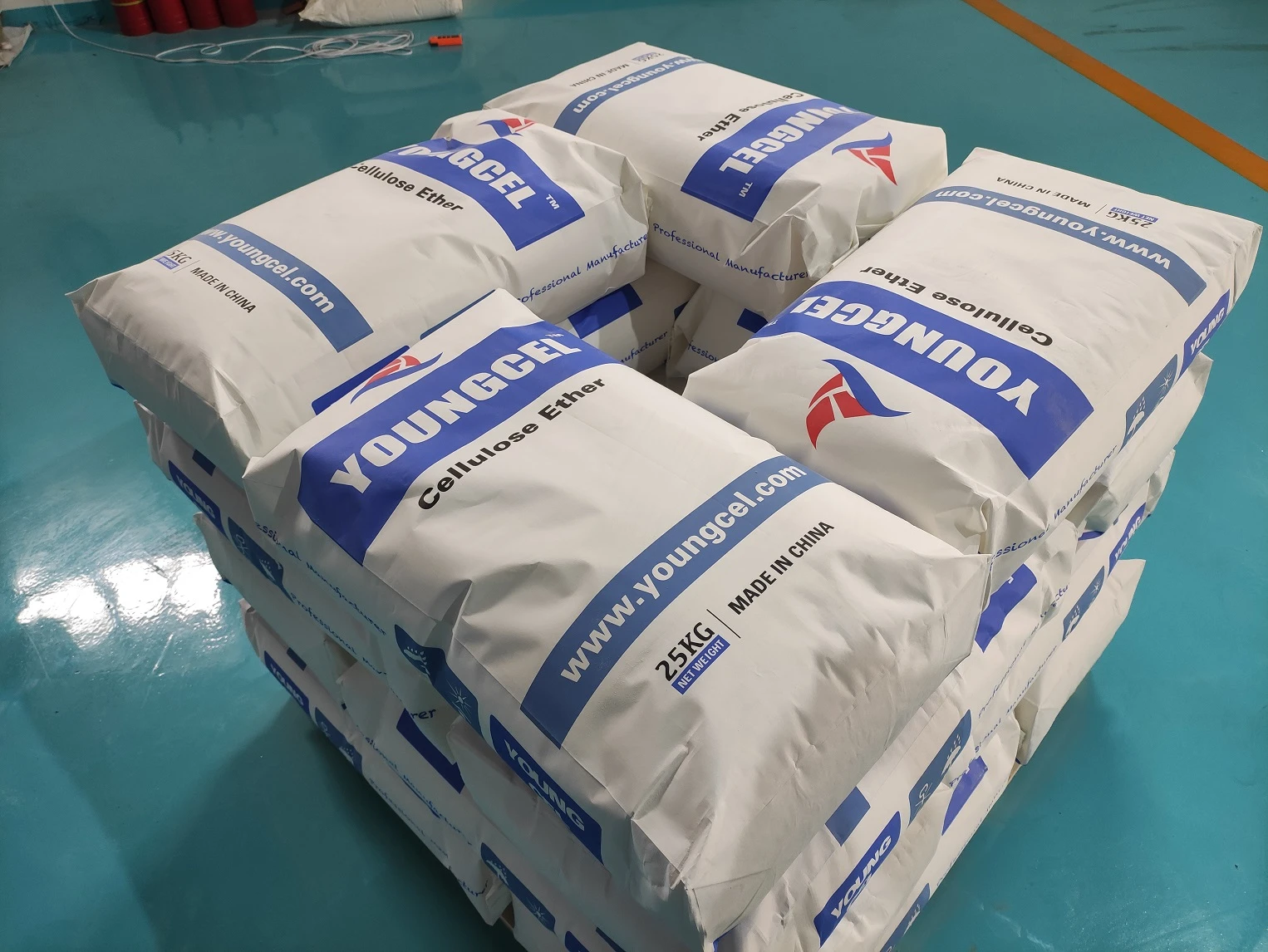Understanding Chemical Detergents Composition, Function, and Environmental Impact
Chemical detergents are a ubiquitous part of modern life, found in countless household and industrial cleaning products. They play an essential role in maintaining hygiene and cleanliness, from washing dishes to laundering clothes and even cleaning industrial machinery. This article will explore the composition of chemical detergents, how they function, and their environmental impact.
Composition of Chemical Detergents
Chemical detergents are typically composed of surfactants, builders, enzymes, and various additives. Surfactants, or surface-active agents, are the primary cleaning agents in detergents. They work by reducing the surface tension of water, allowing it to spread and penetrate soiled surfaces more effectively. There are two main types of surfactants
1. Anionic Surfactants These carry a negative charge and are highly effective in removing dirt and grease. They are commonly found in laundry detergents and dishwashing liquids.
2. Nonionic Surfactants These do not carry a charge and are effective in a variety of situations, including cleaning delicate fabrics and hard surfaces.
Builders are added to detergents to enhance their cleaning power, especially in water with high mineral content. They work by softening the water and preventing the re-deposition of dirt on cleaned surfaces. Common builders include phosphates, sodium carbonate, and zeolites. Enzymes are incorporated into many detergents to target specific types of stains, such as proteins in blood or fats in grease. These biological catalysts help break down complex molecules, making them easier to wash away.
Additionally, detergents often contain fragrances, colorants, and preservatives to enhance the user experience and prolong shelf life. However, these additives can also pose challenges in terms of environmental sustainability.
chemical detergent

Function of Chemical Detergents
The primary function of chemical detergents is to cleanse surfaces by breaking down and emulsifying grease, dirt, and stains. The unique properties of surfactants allow them to interact with both oil and water, effectively lifting and suspending particles so they can be rinsed away. When water is applied to a soiled surface, the surfactants in the detergent surround the dirt particles, reducing their adhesion to the surface and allowing them to be washed away more easily.
In laundry applications, the effectiveness of detergents depends on several factors, including water temperature, concentration, and the mechanical action of washing machines. Higher temperatures typically enhance enzyme activity, making them more effective at breaking down tough stains. Moreover, the mechanical action provides agitation, which helps to disperse the dirt particles.
Environmental Impact
Despite their cleaning efficiency, chemical detergents can have significant environmental repercussions. Many conventional detergents contain phosphates, which, when washed into waterways, can lead to eutrophication. This process accelerates plant growth in aquatic environments, depleting oxygen levels and harming aquatic life. In response, many regions have regulated phosphate use in household detergents.
Furthermore, several surfactants and preservatives used in detergents are toxic to aquatic organisms. As public awareness of environmental issues grows, so too does demand for eco-friendly alternatives. Biodegradable detergents that use plant-based surfactants and exclude harmful chemicals are gaining popularity. These products are designed to minimize their ecological footprint while maintaining cleaning efficacy.
Conclusion
Chemical detergents are indispensable in our daily lives, ensuring cleanliness and hygiene across various settings. Their composition, including surfactants, builders, and enzymes, empowers them to tackle tough stains and dirt effectively. However, consideration of their environmental impact is crucial. As we move towards more sustainable living practices, the development and adoption of eco-friendly cleaning products will play a vital role in protecting our planet while still addressing our cleaning needs. Understanding the science behind chemical detergents can help consumers make informed choices that balance effectiveness with environmental responsibility.




